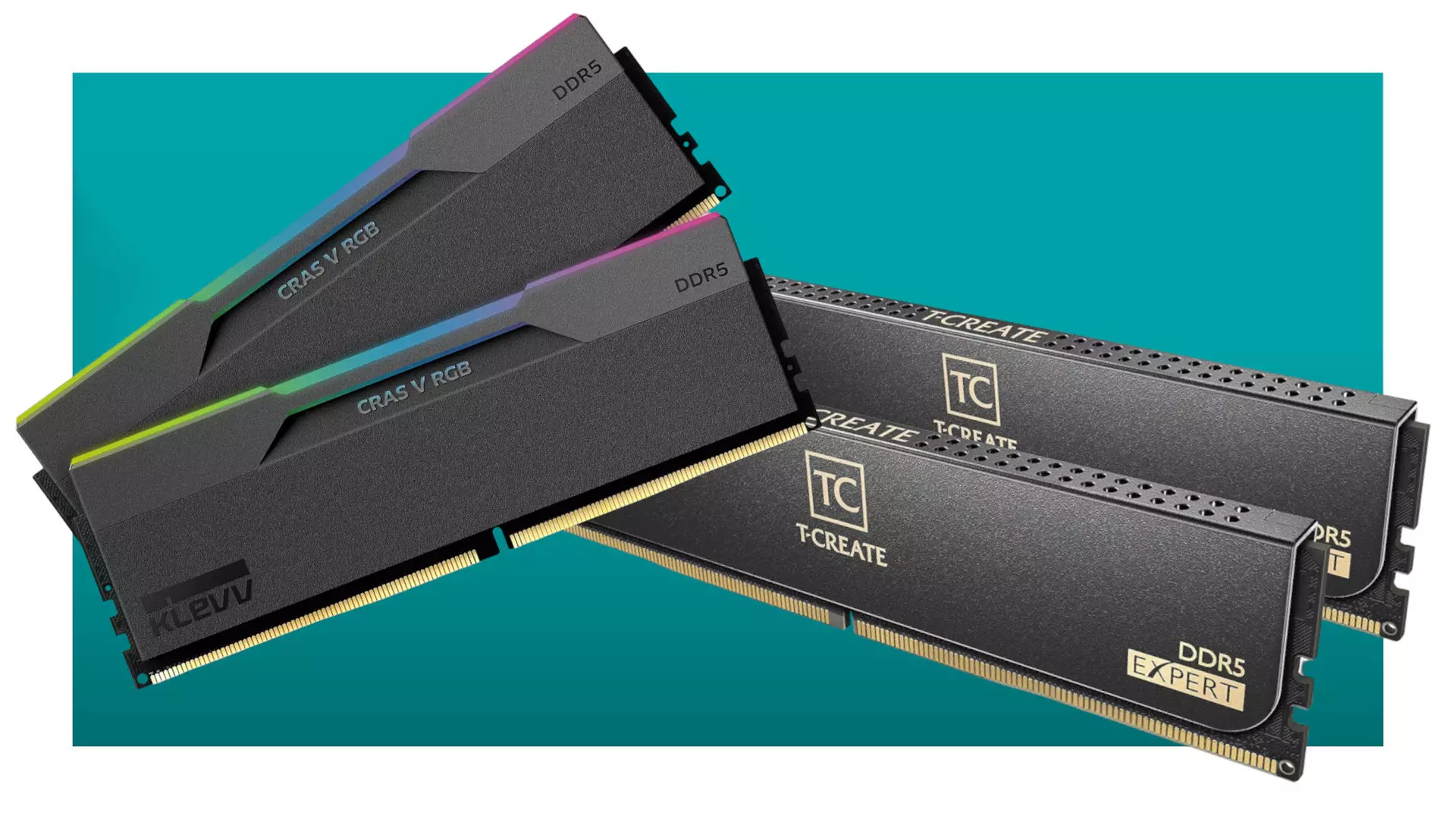In the realm of gaming PC performance, the importance of RAM cannot be overstated. While many focus on high-end CPUs and GPUs, memory often becomes the unsung hero—or villain—of smooth gameplay. Fast RAM reduces latency, allowing your processor to access data quickly, which translates into higher frame rates and more stable minimums during intense gaming sessions. Yet, the pursuit of speed isn’t as straightforward as chasing the highest MHz ratings; it requires a nuanced understanding of how latency and clock speeds interplay to deliver real-world benefits.
The Diminishing Returns of Ultra-Fast RAM
Once you surpass a certain frequency threshold, upgrades tend to yield marginal gains. For example, jumping from DDR5-6000 to DDR5-8000 doesn’t automatically translate into a proportional performance boost. Instead, the benefits plateau, and in some cases, overly aggressive overclocking can introduce instability without meaningful throughput improvements. This is where timing—specifically CAS latency—becomes a game-changer. Lower latency modules can deliver snappier responsiveness, making your gaming experience feel more instantaneous and immersive, even if the MHz rating isn’t dramatically higher.
Prioritizing Latency over Pure Speed
When selecting RAM, especially for gaming, a lower CAS latency is often more valuable than sheer frequency. A DDR5-6000 kit with CAS 28, for instance, can outperform a higher-clocked DDR5-7000 with CAS 40. This isn’t just theory; practical tests consistently show that reduced latency results in faster data access and smoother gameplay, especially noticeable in frame-time stability and minimum frame rates. For enthusiasts keen on maximizing their gaming potential without breaking the bank, balancing speed with lay timings is the key to unlocking true performance.
Affordable Excellence: The Power of Smart Investment in DDR5
Contrary to the misconception that top-tier RAM must come with a hefty price tag, there are compelling budget-friendly options that deliver exceptional value. Brands like Klevv and TeamGroup demonstrate how you can secure high-performance modules without inflating costs. The Klevv DDR5-6000 kit, with its surprisingly low CAS 28, offers a significant step up in responsiveness. Its RGB aesthetic and effective heatsinks mean it doesn’t just perform well—it also enhances your PC’s aesthetics and thermal stability. Meanwhile, the TeamGroup T-Create Expert kit provides nearly equivalent performance at a fraction of the cost, emphasizing that you don’t need to overspend to achieve excellent gaming performance.
Evaluating Real-World Impact and Future-Proofing
Choosing the right RAM isn’t solely about current performance; it’s also about future-proofing your system. DDR5 memory, especially modules tuned for lower latency, ensures compatibility with upcoming CPU architectures like AMD’s Ryzen 7000/9000 series and Intel’s latest 12th Gen and newer chips. Investing in well-balanced kits like these shields you from the need for quick replacements and guarantees that your system remains competitive for years to come. Moreover, high-quality RAM stabilizes overclocking attempts, giving enthusiasts more room to tweak and optimize their builds.
The Bottom Line: A Strategic Approach to RAM Selection
Gamers aiming to get the most out of their systems should shift their focus from chasing the highest MHz to understanding the nuanced importance of CAS latency and overall module quality. The balance between performance, aesthetics, and price point is critical; opt for modules that offer low timings, reliable stability, and thermal management. Whether you choose the slightly pricier Klevv kit or the budget-friendly TeamGroup option, remember that the smartest upgrade is often not the fastest, but the most intelligently chosen—one that elevates your gaming experience without unnecessary expenditure.

